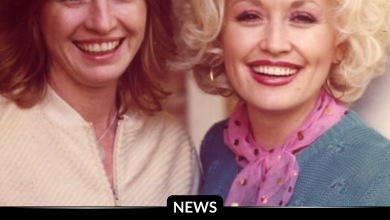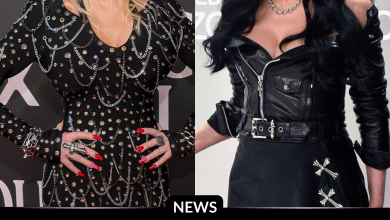“He Was Never Rough or Frightening” – Audrey Hepburn Reveals What Made Working with William Wyler So Special
OPINION: This article may contain commentary which reflects the author's opinion.
Audrey Hepburn’s collaboration with legendary director William Wyler not only launched her into Hollywood stardom but also left a lasting imprint on her approach to acting — and on her heart. In looking back on their time together, Hepburn consistently spoke with deep admiration and affection for Wyler, crediting him with providing the environment she needed to flourish, especially during the formative early years of her career.
Their relationship was forged on the set of Roman Holiday (1953), where a then-unknown Hepburn starred opposite Gregory Peck in a role that would earn her an Academy Award for Best Actress. Hepburn later described the experience as a “lovely charade” once she overcame her initial shyness, a reflection of the comfortable and trusting working relationship that Wyler nurtured on set.
In a 1985 interview with The Washington Post, Hepburn explained how crucial Wyler’s support was. Unlike many directors of the era who were notoriously tough, Wyler was “never rough or frightening,” she said. Instead, he created a space where Hepburn felt relaxed and free from self-consciousness — a rare gift that allowed her natural charisma and nuanced emotional expression to shine through.
“He discovered me,” Hepburn often said of Wyler, recognizing not just his role in catapulting her to fame, but his unique ability to guide and protect her at a pivotal moment in her life. She credited him with helping her learn the craft of film acting, emphasizing that his gentle, nurturing approach built her confidence and encouraged her growth.
The professional bond they formed on Roman Holiday only deepened over time, with Hepburn and Wyler reuniting for The Children’s Hour (1961) and How to Steal a Million (1966). By then, Hepburn had grown into her craft, and their working relationship evolved into one of mutual trust and creative collaboration. She felt comfortable enough to suggest different approaches to scenes, a testament to the respect and affection that defined their partnership.
Wyler’s son has spoken publicly about how much his father valued Hepburn, reinforcing the idea that theirs was a uniquely impactful professional relationship — one that blended mentorship, friendship, and an enduring artistic connection.
Though Hepburn never offered a single, definitive quote about the “best thing” about working with Wyler, the arc of her reflections paints a clear picture: it was the atmosphere of trust, support, and creative freedom he fostered that allowed her to truly become Audrey Hepburn — not just the star, but the artist.
In an industry often marked by harsh demands and egos, Hepburn and Wyler’s collaboration stands as a beautiful example of how kindness and respect can create enduring greatness.
Would you also like me to suggest a sidebar like “3 Films That Define Audrey Hepburn and William Wyler’s Creative Partnership” to give readers a deeper dive into their collaborations?



